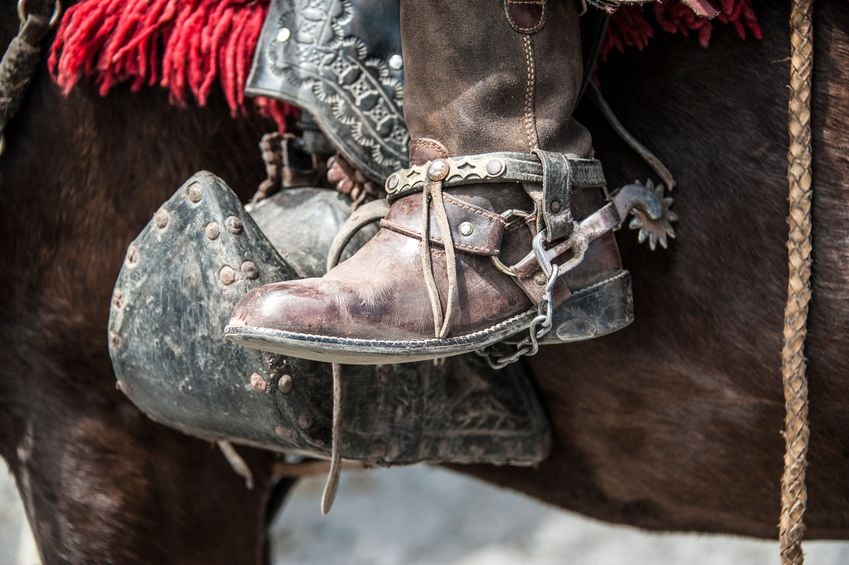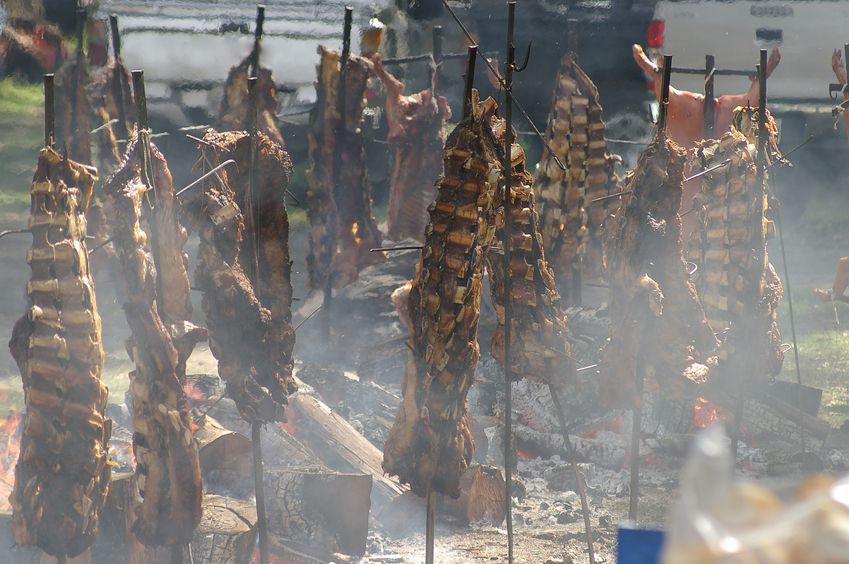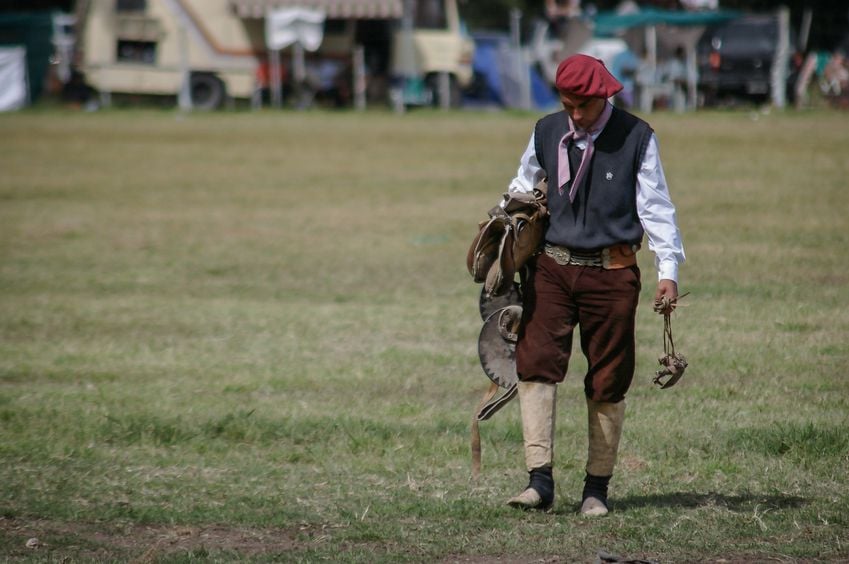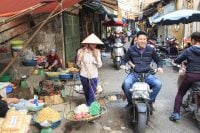A captivating symbol of Argentina, its countryside and its people, the traditional gaucho lifestyle remains a central tenant of rural life in many parts of the country. Visitors travelling here as part of an Argentina vacation will often pass through small towns and remote estancias (ranches) that continue to showcase this compelling way of life.
Various ways of learning about this relic of Argentina’s traditional past are available to tourists and make an excellent addition to any Argentina holiday itinerary.
Learning about the gaucho culture
What is a gaucho?
- Gauchos are often compared to cowboys in the US and nowadays the term has come to mean a countryman who herds cattle in the South American pampas or grasslands while on horseback.
- Originally, they were not linked to private estancias, but instead were nomadic wanderers and hailed from the Río La Plata Basin, an area that now comprises the Argentine pampa, Uruguay and the south of Brazil.
- Visitors on an Argentina vacation are likely to see gauchos in the fertile grasslands that characterize much of the eastern region of the country.
 What do gauchos traditionally wear?
What do gauchos traditionally wear?
The concept of the gaucho is intrinsically linked with their characteristic outfits. Traditionally, they wear a bombacha – a wide-legged, robust trouser that is occasionally covered from the waist to the mid-thigh by a chiripá, a skirt-like item of clothing. On their upper body, they wear a poncho that can act as both saddle blanket and sleeping cover.
On their feet are knee-high leather boots which are made using the skin of a freshly killed calf that is molded around the foot and leg. Their clothing is completed with the essential falcon, a sharp hunting knife; the rebeneque, a leather whip; and their boleadora, a set of small metal balls linked by rope which acts as a lasso to capture and trip animals by binding their front legs together.
Where can you experience gaucho culture on an Argentina vacation?
Visiting an estancia
Traditional estancias, founded in the early 20th century and that allow visitors to Argentina to experience the gaucho lifestyle, are conventionally found in the southern Patagonian region, particularly in the rugged landscapes of Tierra del Fuego.
Tours can be arranged to work around Argentina vacation itineraries with day and overnight packages available. These generally include a display of the gauchos’ exceptional horsemanship, an excursion on horseback around the working ranch and a large asado (bbq), cooking up the most select cuts of locally produced meat. Some estancias offer overnight tours for visitors to experience the tranquility of life in the rural Argentine countryside.
 The San Antonio de Areco Gaucho Festival
The San Antonio de Areco Gaucho Festival
Jineteada gaucha is a traditional gaucho sport similar to a rodeo ,where the rider must try and stay on an untamed horse for a specified time period (from six to 15 seconds). With roughly 800 taking place in small towns across Argentina throughout the year, the best place to experience this event is at the San Antonio de Areco Gaucho Festival in November.
Set in the town of the same name just north of Buenos Aires, the jineteada gaucha is the main event as the festival seeks to celebrate all things gaucho. If travelling to Buenos Aires for a holiday in Argentina during this month, it’s worth planning a trip over to San Antonio de Areco to experience this festival.
Buenos Aires’ Feria de Mataderos
If you’ve not got time to leave Buenos Aires while holidaying in Argentina, you can even experience traditional gaucho culture with a visit to the Feria de Mataderos, which is held in the Mataderos district. Translating from Spanish as “slaughterhouses”, this neighborhood was once the principle meat district of the city and now every Sunday visitors can browse pampas handicrafts and watch traditional games played by gauchos on horseback.
 There’s also plenty of the gaucho’s favorite to be tasted: an excellent array of meat cooked over the traditional asado, along with other delicious street food is sold here.
There’s also plenty of the gaucho’s favorite to be tasted: an excellent array of meat cooked over the traditional asado, along with other delicious street food is sold here.
No comments yet
There are no comments on this post yet.


 The San Antonio de Areco Gaucho Festival
The San Antonio de Areco Gaucho Festival



Leave a comment